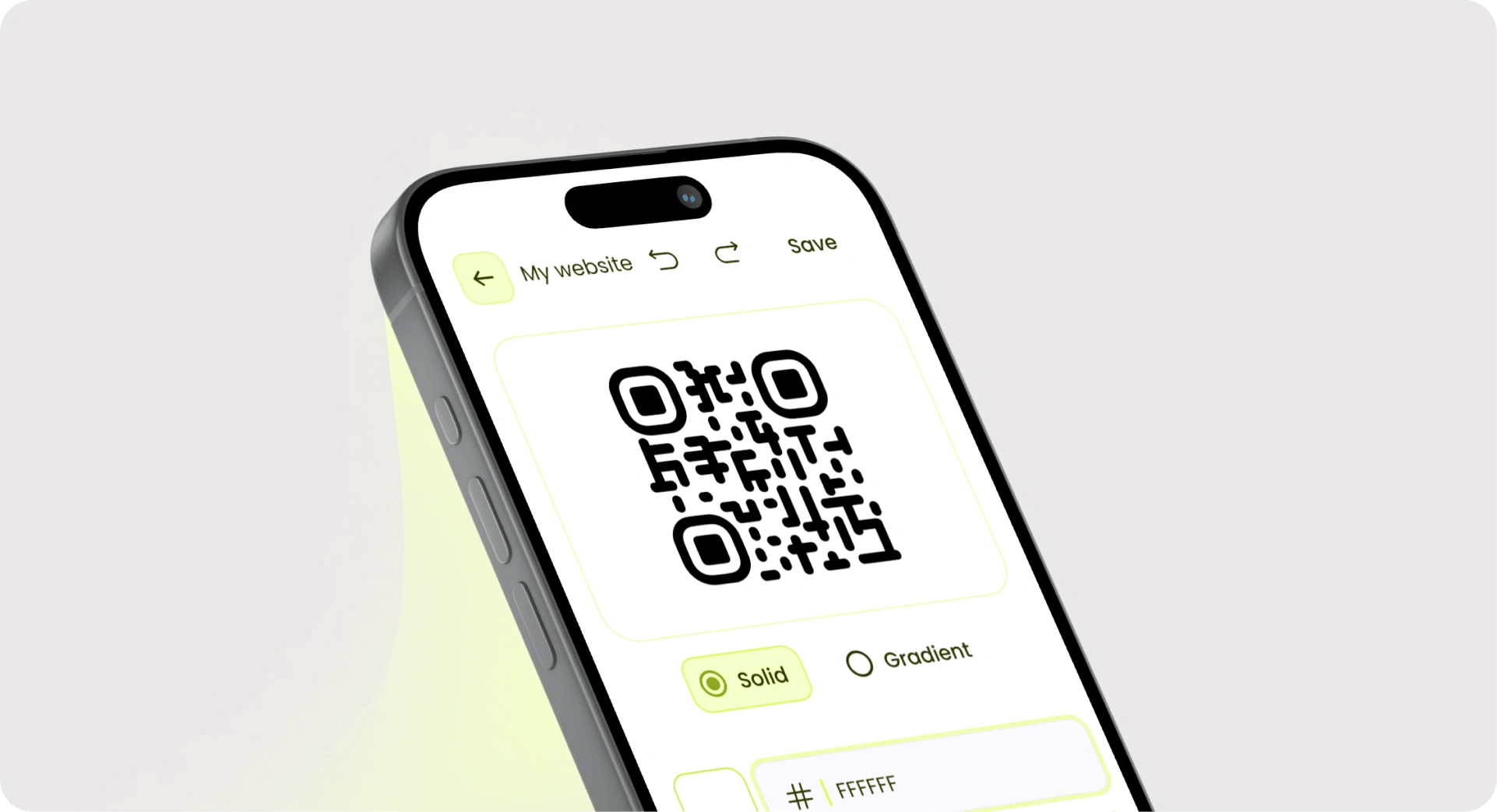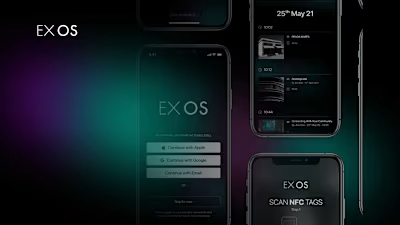Tggy UX case study summary
The fastest way to get your QR Code to production
For the full case study please schedule a call or reach out to contact@motza.work

About Tggy:
Tggy is a mobile app (with a web companion) that contributes in improving the link sharing experience by allowing the users to create, track and customize QR codes and NFC tags on the go.
Role & Project Overview:
Midway through the project, I stepped in to lead the design of an app that suffered from inconsistency, lack of direction, and an absence design system. The goal was to take charge of the entire design process, from conceptualization to delivery, ensuring a cohesive user experience within a budget of 3 months.
Problem:
A fragmented and inconsistent design approach was hindering the app’s usability and growth. Without a clear design direction or system, development was chaotic, resulting in poor user experience and misaligned stakeholder expectations. which lead to delayed timelines and poor communication.
Objectives:
Gather the requirements & establish Clear Design Direction: Create a cohesive RAD (Requirements Analysis Document) & design strategy that aligns with both user needs and business goals.
Design and Deliver the mobile & web App: Develop a fully designed and documented application that is intuitive, accessible, and visually engaging.
Build a Design System: Standardize UI components, styles, and interactions to ensure consistency and scalability for future iterations.
Challenges & Constraints:
Inherited a fragmented and inconsistent design.
Lack of a centralized design system, leading to redundancy and confusion.
Tight deadlines and coordination issues among team members.
Approach:
Stakeholder Collaboration: Engaged with cross-functional teams and stakeholders to align on goals, priorities, and constraints.
RAD (Requirements Analysis Document): Created a requirements analysis document that outlines the project goals and success metrics, with a clear ETA timeline.
Competitive analysis: Conducted a competitive analysis to understand the existing users mental models.
Audit (Existing iteration): Conducted a comprehensive design audit to identify inconsistencies, gaps, and areas of improvement.
Iterative Design Process: Employed a user-centered, iterative design approach, continuously testing and refining concepts to ensure usability and desirability.
Design System Creation: Developed a robust design system, including UI components, patterns, and documentation, to ensure consistency and efficiency across the app.
Outcome:
Delivered a Fully Designed and Documented App: Successfully provided a complete design solution that was both user-friendly and aligned with business objectives.
Established a Design System: Introduced a scalable and adaptable design system, reducing redundancy and streamlining the design process.
Enhanced Collaboration: Fostered better communication and collaboration among teams, ensuring a smoother development process.
Impact:
Development Efficiency: The introduction of the design system reduced the development time for new features by 50%, leading to faster release cycles.
Workflow Efficiency Increase: Enhanced cross-functional team collaboration, resulting in a 30% reduction in design-developer handoff time and a 25% decrease in project delivery time.
Lesson learned:
Importance of Early Alignment: Establishing a clear design direction and stakeholder alignment from the start prevents future miscommunication.
Iterative Testing is Key: Regular testing and feedback loops are crucial for maintaining user-centric design.
Design Systems as a Lifeline: A robust design system not only enhances consistency but also accelerates development, providing long-term benefits.
Like this project
Posted Aug 13, 2023
Tggy is a mobile app (with a web companion) that contributes in improving the link sharing experience by allowing the users to create, track and customize QR c…
Likes
0
Views
26




